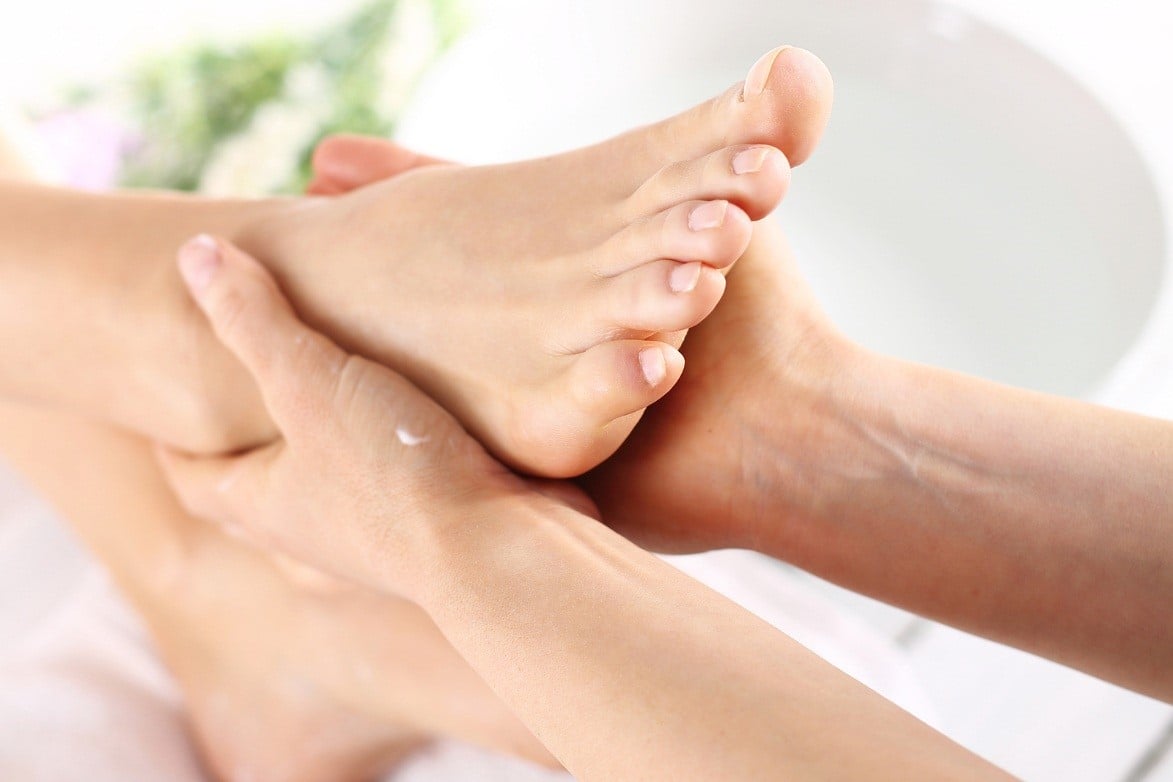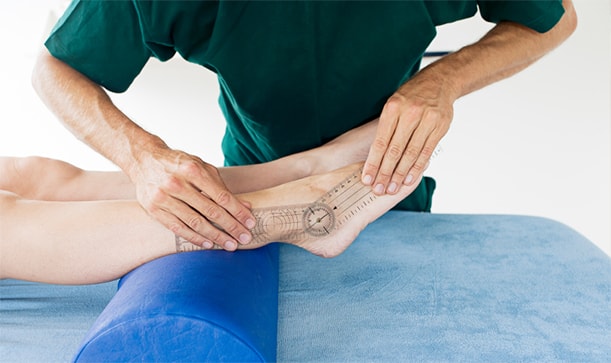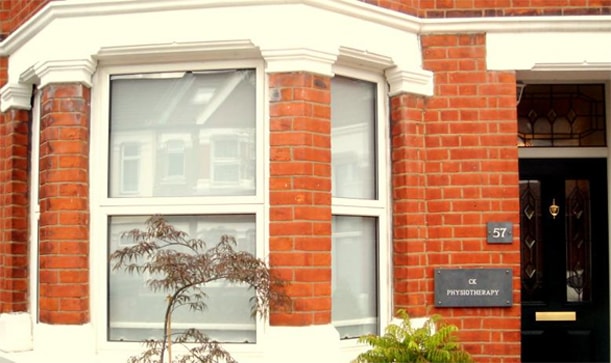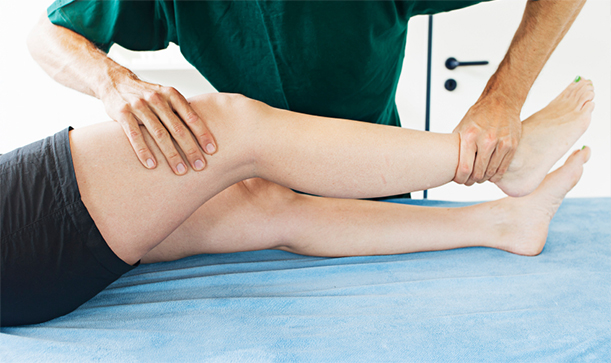CK Physiotherapy
AREAS COVERED
W7, W5, W13, Ealing, West London
57 Elthorne Avenue
Hanwell, W7 2JY
T: 020 8566 4113
M: 079 572 46185
E: info@ckphysio.co.uk
Location / Parking
We are situated in Hanwell, between Boston Manor Road and Northfields Avenue, south of the Uxbridge Road.57 Elthorne Avenue
Hanwell, W7 2JY
There are parking restrictions Mon - Fri 9-10am and 2-3pm. If you need a permit during this time please inform your therapist when you arrive. There are no parking restrictions at other times.
Opening Times
Please phone the number above during working hours to make an appointment. Our reception service will be happy to book your session.
London Underground / Bus Services
London Underground
10 min. walk from Boston Manor Tube Station.
15 min. walk from Northfields Tube Station.
Bus Service
E8, E3, E2, 207, 607, 83
Request Call Back
Our Blog
Back on Your Feet: Manual Manipulation in Physiotherapy in Ealing
By: BryanKelly (Psst, View author in Google Plus) Date: Mar 30th, 2016Physiotherapy is a form of treatment that improves the use of exercises. This treatment method is useful for sports injuries, physical trauma from accidents, movement disorders, and ageing problems. If you are in need of physiotherapy treatment in Ealing, there are clinics, such as CK Physiotherapy, that provide the services. Manual manipulation is one component of physiotherapy that you should learn about beforehand.

What is manual therapy?
Manual therapy involves the hands and systematic mobilisation of joints and tissue to provide pain relief, increase flexibility, and relaxation. The aim of manual manipulation is to get mobility in joints back to normal. For the techniques to be effective, other treatment components must be present. Therapists use both active and passive tactics when doing manual manipulation. Passive mobilisation involves the use of sustained pressure or oscillations to improve mobility. Active mobilisation, on the other hand, utilises the patient’s active motions to move the joints.
What techniques are involved in manual therapy?
There are some techniques that physiotherapists use to aid in manual therapy. One is the use of pressure on joints to move them. Therapists try out different pressure points with their hands or using special equipment to see how joints respond. The other aspect of manual therapy is mobilisation, which involves moving and pushing joints into their positions. It concentrates on providing proper alignment of joints and tissues. Massage is another way that therapists do manual therapy. Muscles relax during massages, and the pain in the tissues eases. Massage also improves the circulation of blood, which is essential for healing.
Who can undergo manual therapy?
Manual therapy is suitable for treating all types of injuries. Some of the joints that may require manual therapy include problems in the cervix, knee, lumbar, extremities, shoulder, hip, foot/ankle and wrist/hand. Research shows that manual therapy has been effective in mobilising joints and reducing pain.
It is essential to consult a therapist to find out if you are a suitable candidate before starting physiotherapy. There are no restrictions to the injuries that manual therapy can treat, but there are precautions. A qualified physiotherapist must get an assessment of your situation before he or she can recommend manual therapy. In instances when a patient has hemarthrosis, certain diseases, or joint replacements, caution is necessary. For this reason, you must undergo tests before a therapist can commence on any aspect of physiotherapy treatment.
Manual therapy has a mechanical and psychological impact on patients. The mobilisation of joints improves their mechanical structure, making them function again. The hands-on approach of physiotherapy gives patients the confidence of getting back their mobility. Pain reduction also contributes to improving a patient’s state of mind.
Sources:
Physical Therapy – Types of Physical Therapy, WebMD.com
Functional Manual Therapy Approach to the Management of the Foot and Ankle, InstituteOfPhysicalArt.com





